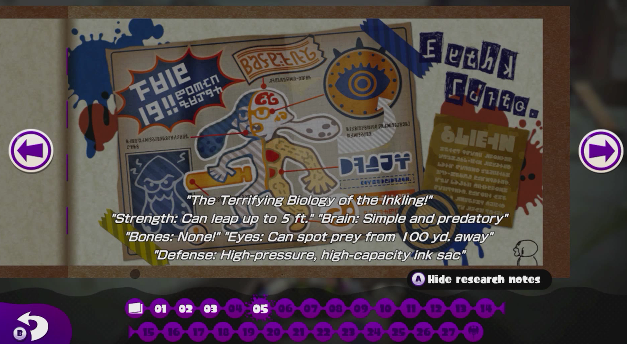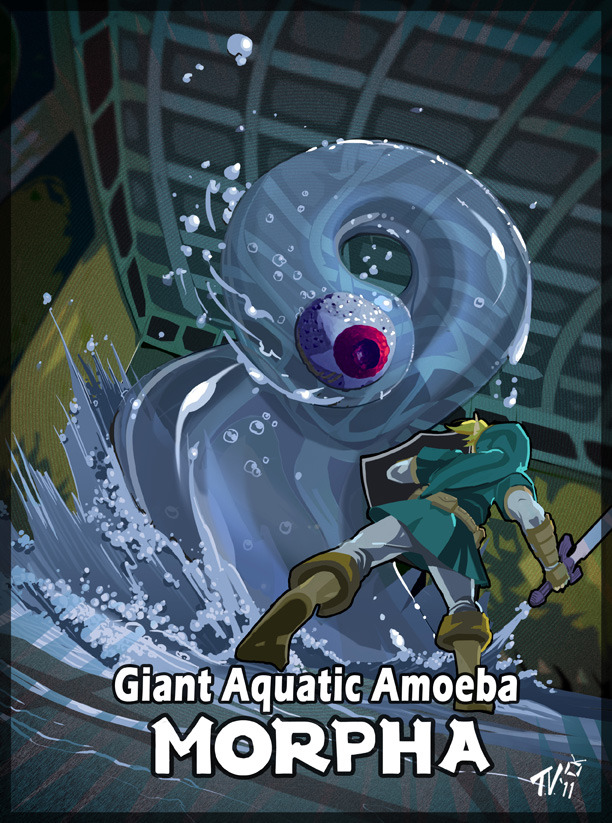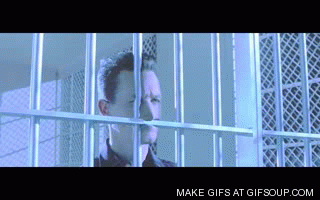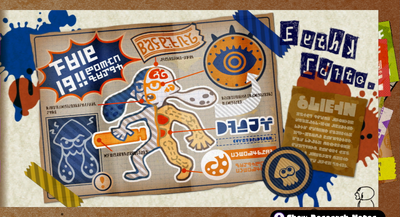Paragon-Yoshi
Inkling Cadet
I think many fans of Splatoon and especially its characters, have wondered about this...
Just how do the Bodies of Inklings and Octolings work?
I might be stating the obvious here, but for completion`s sake:
Basics
We are talking about humanoid creatures, that have no bones and are made of ink.
And they can change into a smaller form, looking like a "Squid" or "Octopus" and also change back at will.
In their human-form, they can fight as well as fire their ink-based weapons.
While their squid/octopus-form allows them to swim through said ink and even up walls, if the ink is sprayed there.
And last but not least, they are capable of "Super Jumping" to distant locations, using Ink as "Jet Propulsion".
Which is based on the "Japanese Flying Squid", which uses water as jet propulsion to fly over water and jump great distances.
And that's all she wrote.
But how exactly does that work?
There actually is some insight, in one of the Sunken Scrolls:

Unfortunately, it doesn't tell us all that much.
On how it can change forms, what kind of organs it has.
What that little "Inkling/Octoling Soul" is actually supposed to be
And more importantly, how it can sitll live, even after its body is more or less torn apart.
Those are some of the unanswered questions
Which is exactly what this thread is for.
Feel free to discuss how their bodies could function.
Knock yourselves out.
I will join the fray later. :D
Just how do the Bodies of Inklings and Octolings work?
I might be stating the obvious here, but for completion`s sake:
Basics
We are talking about humanoid creatures, that have no bones and are made of ink.
And they can change into a smaller form, looking like a "Squid" or "Octopus" and also change back at will.
In their human-form, they can fight as well as fire their ink-based weapons.
While their squid/octopus-form allows them to swim through said ink and even up walls, if the ink is sprayed there.
And last but not least, they are capable of "Super Jumping" to distant locations, using Ink as "Jet Propulsion".
Which is based on the "Japanese Flying Squid", which uses water as jet propulsion to fly over water and jump great distances.
And that's all she wrote.
But how exactly does that work?
There actually is some insight, in one of the Sunken Scrolls:

Unfortunately, it doesn't tell us all that much.
On how it can change forms, what kind of organs it has.
What that little "Inkling/Octoling Soul" is actually supposed to be
And more importantly, how it can sitll live, even after its body is more or less torn apart.
Those are some of the unanswered questions
Which is exactly what this thread is for.
Feel free to discuss how their bodies could function.
Knock yourselves out.
I will join the fray later. :D




